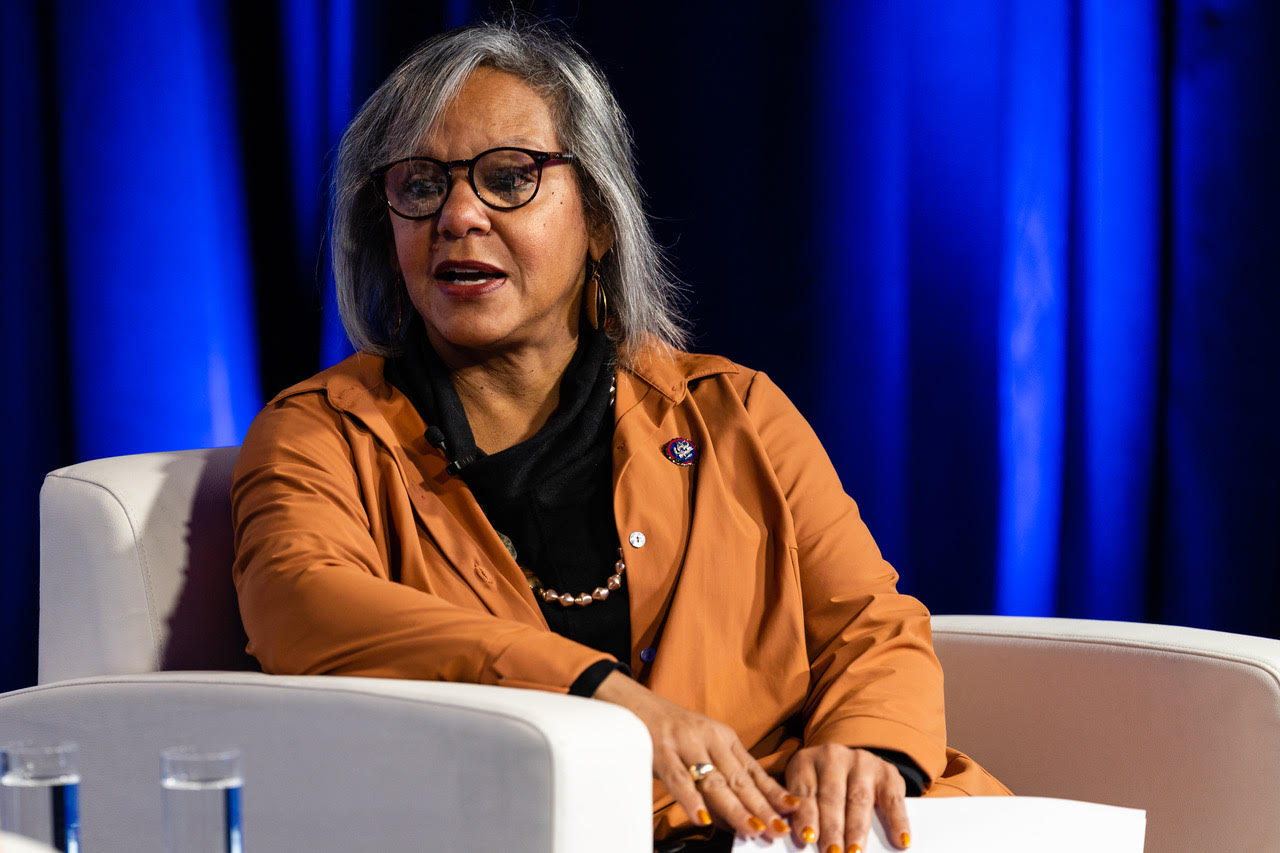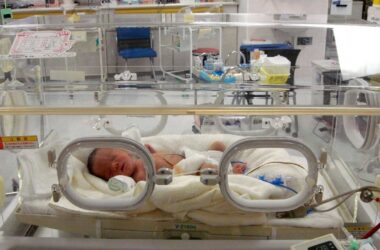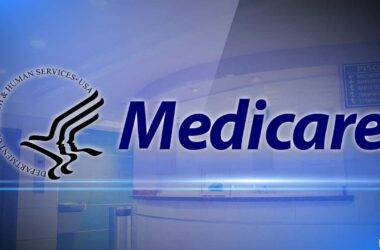Washington, DC–(ENEWSPF)–June 17, 2014. A statement from Biomedical Advanced Research and Development Authority (BARDA) Director and Deputy Assistant Secretary for Preparedness and Response (ASPR) Robin Robinson, Ph.D.
This week, our nation reached a milestone in battling influenza, with the U.S. Food and Drug Administration’s first approval to manufacture seasonal influenza vaccine using cell-based technology in a U.S. facility. That facility, owned by Novartis of Basel, Switzerland, and located in Holly Springs, N.C., now can manufacture cell-based vaccine against seasonal as well as pandemic influenza viruses. This new capability demonstrates the effectiveness of a multi-use approach to emergency preparedness.
Since its establishment in 2006, the Biomedical Advanced Research and Development Authority (BARDA), part of the U.S. Department of Health and Human Services’ Office of the Assistant Secretary for Preparedness and Response (ASPR), has sponsored the development of new technologies for use in emergencies, including the cell-based technology at Holly Springs. These new technologies are flexible enough to produce vaccines and other medical products for a variety of public health emergencies.
In pursuing new technology, BARDA leverages public-private partnerships. We also support development of medical countermeasures – drugs, vaccines, diagnostics and devices – that can be used to diagnose or treat illness or injury in public health emergencies like pandemics or following acts of bioterrorism, as well as day-to-day medical conditions. This multi-use approach strengthens everyday systems and increases our resilience in emergencies.
The Holly Springs facility was built through a partnership established in 2009 between BARDA and Novartis to increase the domestic production capacity of pandemic influenza vaccine and quickly provide additional influenza vaccines to combat public health threats.
In 2012, BARDA broadened this partnership with Novartis and expanded the Holly Springs facility’s role in emergency preparedness as one of three national Centers for Innovation in Advanced Development and Manufacturing. These centers provide support for the development and manufacturing of medical countermeasures and can transition efficiently to manufacture pandemic influenza vaccines or other medical products for public health emergencies. The centers also aid in bringing new medical countermeasures to the market and help train the biopharmaceutical workforce needed in the future.
As a center, the Holly Springs facility can produce up to 200 million doses of pandemic influenza vaccine within six months of the declaration of a pandemic.
In 2012, the Holly Springs facility opened to produce cell-based influenza vaccine that could be authorized by the FDA for use during the emergency. That same year cell-based influenza vaccine called Flucelvax, made by Novartis in Germany, became the first approved by FDA for use in the United States. Now, with the approval of manufacturing the Holly Springs facility, the capacity for seasonal influenza vaccine production in the United States has increase by at least 50 million doses.
This latest FDA approval affirms the value and success possible through public-private partnerships as we move forward bringing our nation the medical countermeasures needed to protect health and save lives every day.
Source: hhs.gov








